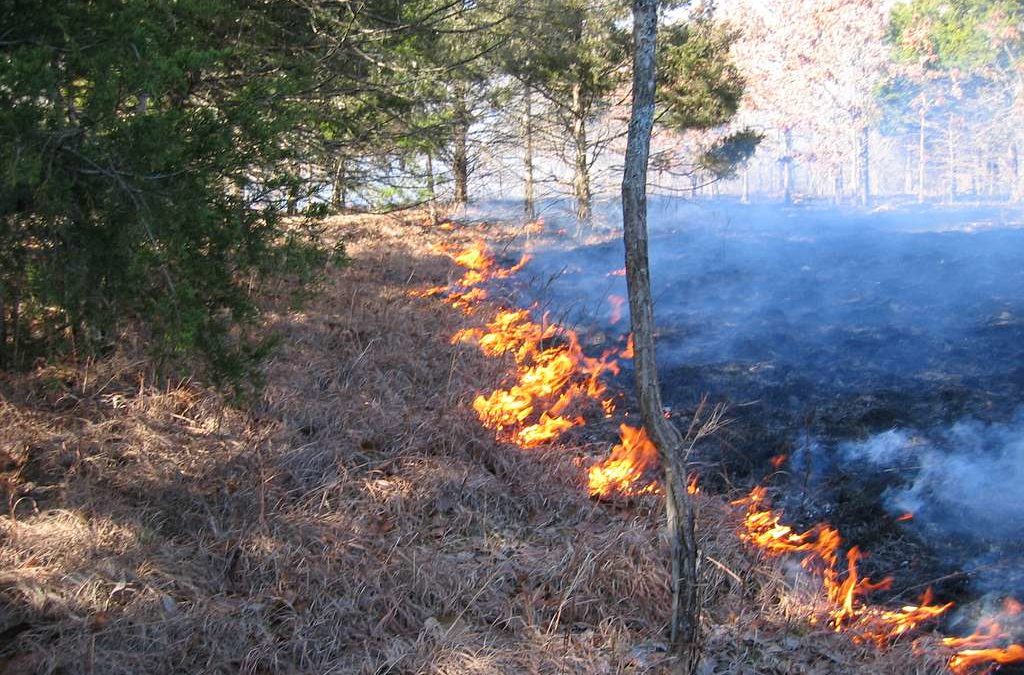For centuries, Indigenous communities use fire as an integral tool for various aspects of their way of life. From clearing lands for cultivation to hunting game, this deliberate use of fire, known as “cultural burning,” was a means of promoting ecological diversity and mitigating the risk of catastrophic wildfires.
Cultural burning was rooted in the Indigenous philosophy of fire as a form of medicine. This practice involved controlled, smaller fires ignited to achieve desired cultural outcomes, fostering the health of vegetation and animals that held essential significance in terms of sustenance, clothing, and other aspects of life. Over time, the practice of cultural burning decreased due to varying land management practices enforced by governmental agencies. However, recent decades have witnessed a revival of this practice as an accepted land management technique in certain areas. It aligns with the broader recognition of the ecological benefits associated with Indigenous fire management.
Throughout history, Native American Indians in the Great Lakes region embraced fire for habitat improvement, blueberry production, and understory clearance. The Anishinaabe culture drew profound connections between fire and medicines, species diversity, and food sources. The Northern Plains tribes employed large-scale fires to guide bison herds and even manipulate grasshopper populations. In California, Indigenous nations have historically and continue to use fire as a stewardship tool for the land, with generational knowledge benefiting both ecosystems and communities. Evidence of this stewardship is visible through fire scars on trees, a testament to the Coast Miwok’s practice of cultural burns at Muir Woods.
A relationship with fire consistently demonstrates a deep connection between cultural practices, ecological sustainability, and resource management. The resurgence of cultural burning reflects a renewed understanding of its importance in maintaining healthy and resilient landscapes.


Recent Comments